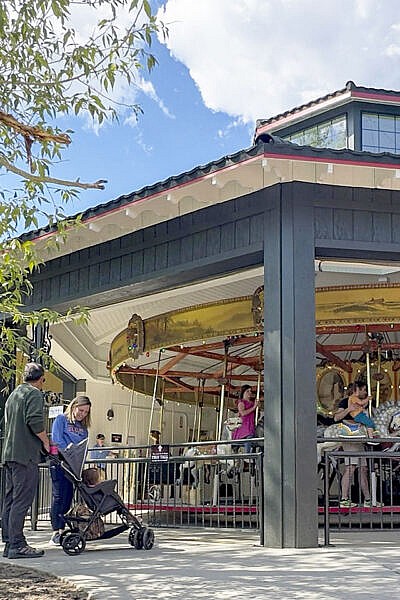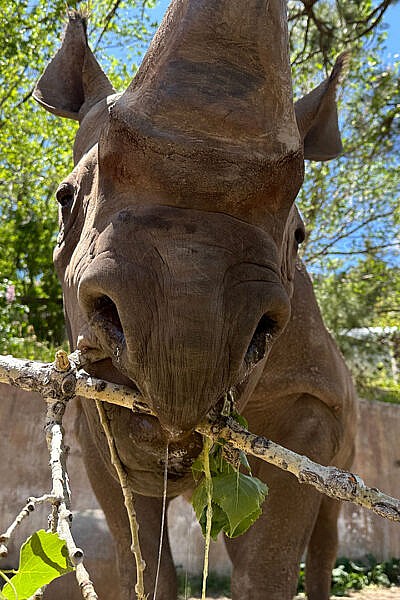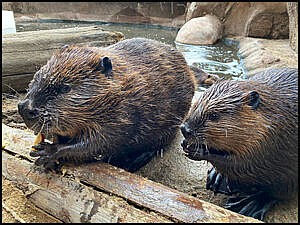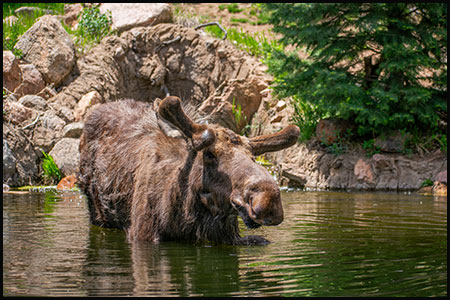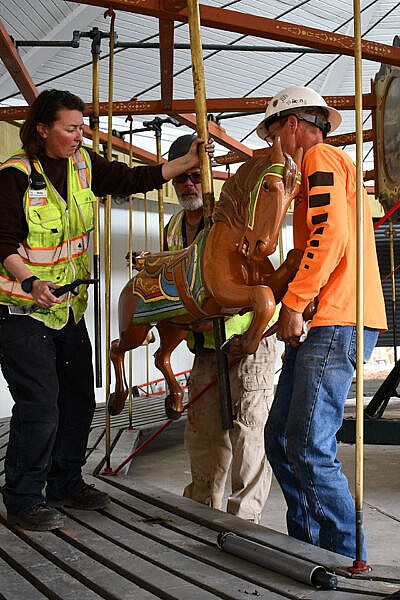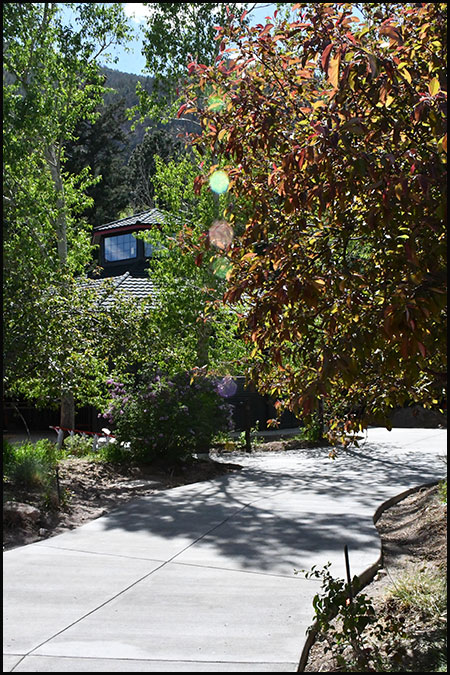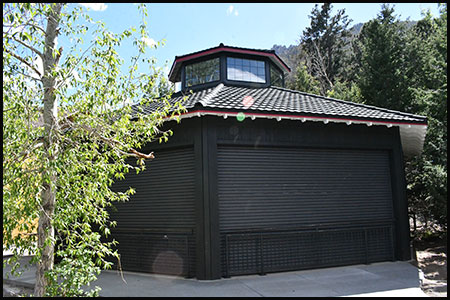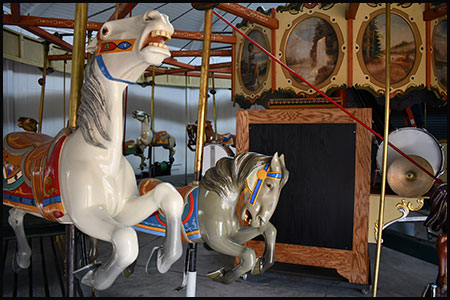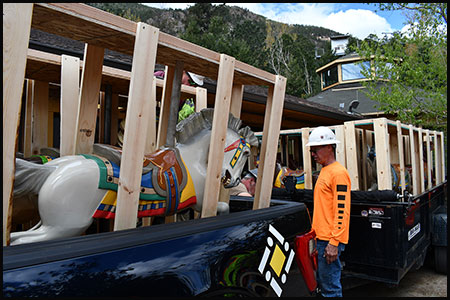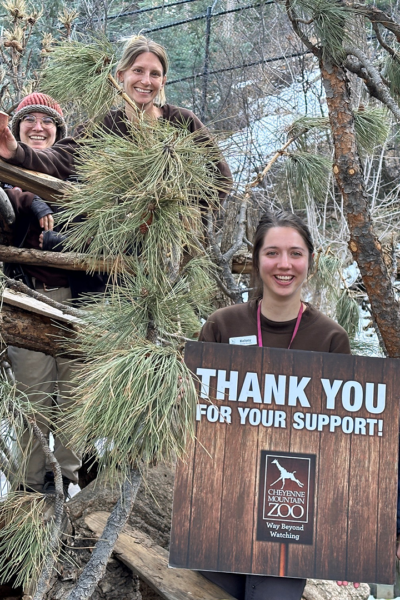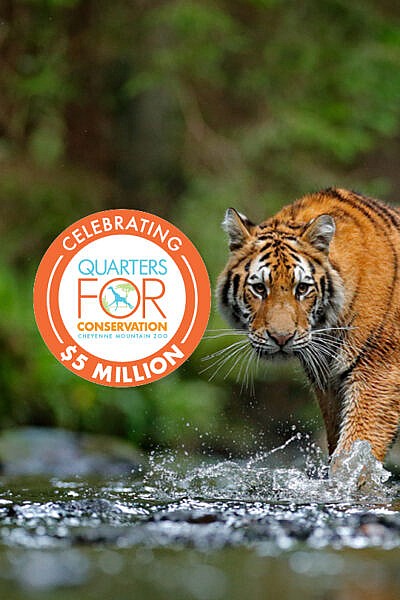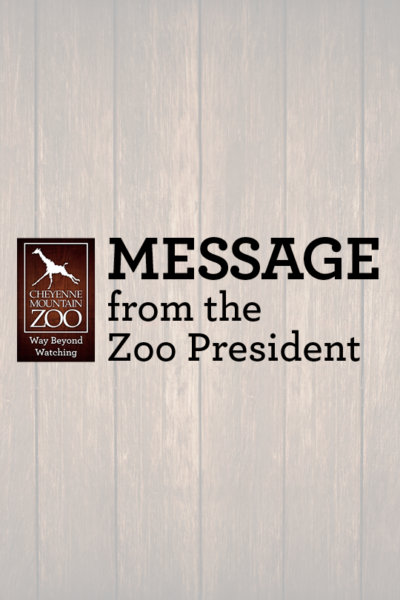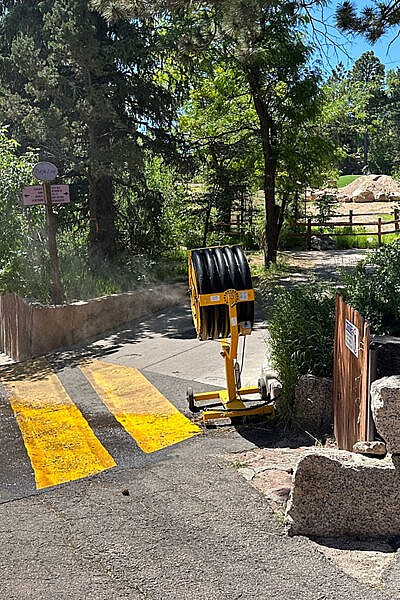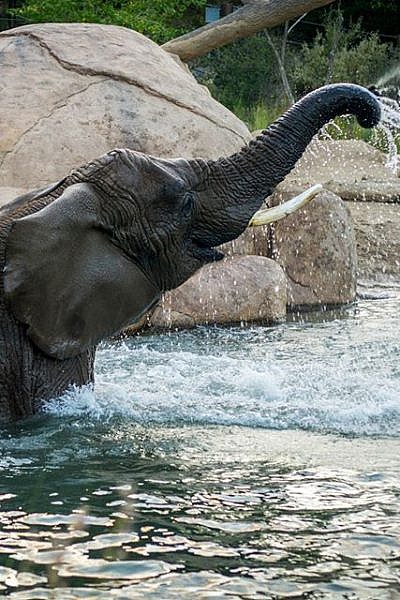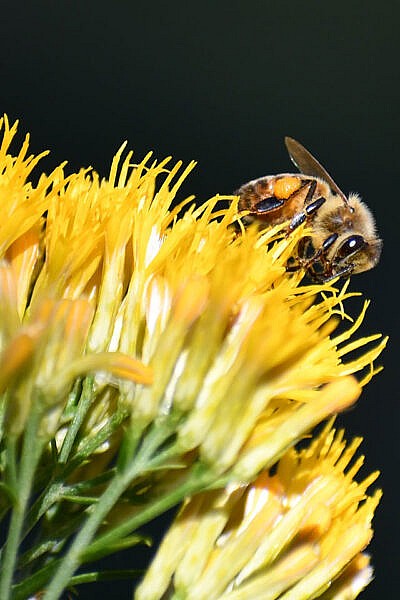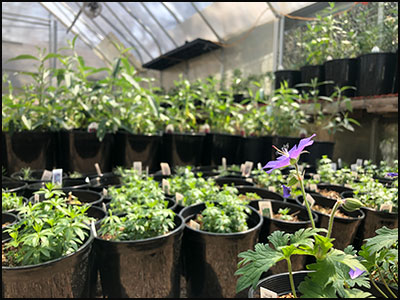THE CAROUSEL, ORIGINALLY BUILT IN 1926, HAS BEEN A FIXTURE AT CMZOO SINCE 1937 –
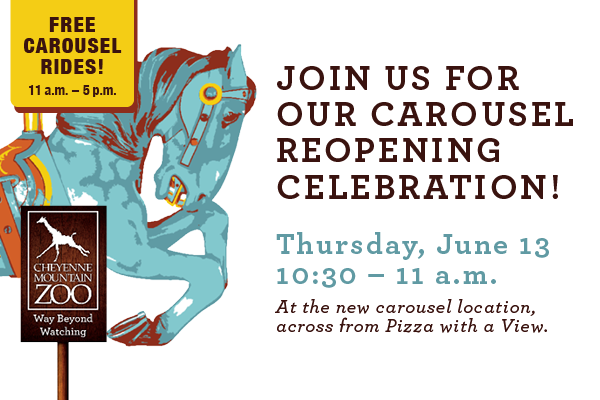
Event Information
WHO: CMZoo members, guests, staff and carousel enthusiasts (plus some special animal guests!)
WHAT: An official reopening of the Zoo’s historic carousel
Brief comments from CMZoo President & CEO, Bob Chastain
Free carousel rides 11 a.m. to 5 p.m. (advance Zoo admission required)
WHEN: 10:30 a.m. (media please arrive by 10:15 a.m.)
Thurs., June 13
WHY: To celebrate the return of the carousel and the milestone in the Zoo’s progress towards major Zoo improvements
Cheyenne Mountain Zoo will celebrate the reopening of its historic 1926 Allan Herschel carousel at 10:30 a.m. on Thurs., June 13. The beloved carousel has been a fixture at CMZoo since 1937.
Fans have been eagerly awaiting the carousel’s return since it was safely stored away in July 2023. The carousel moved to make way for a new road just west of the current main road through the Zoo. Once the historic road is gone, the Zoo can expand its giraffe habitat and make way for the International Center for the Care and Conservation of Giraffe building.
The Zoo’s carousel is a portable county-fair-style unit designed to be taken apart and moved. Despite weighing seven tons, the carousel can be broken down in eight hours using basic hand tools.
“It’s not like carousels you see at traveling fairs these days, which just fold up and go,” says Dave Ruhl, executive vice president at CMZoo. “It is designed to be taken apart, piece by piece, by hand. We are dedicated to maintaining this carousel, because it has been with our community for so long, so we’re very careful when we do it.”
This portable design allowed the carousel to travel between county fairs in the 1920s and different locations at CMZoo, since it arrived on the mountain in 1937. Many longtime members and guests will remember hiking up to the top of the Zoo to ride the carousel in its original location before it moved to its second spot, near Rocky Mountain goats. Now settled in its third CMZoo location, it is ready to spin riders around again.
Dave and the design team wanted to maintain the aesthetic, so guests will see familiar metal roof shingles and the same historic railings on the building. The new location provides natural shade and a dedicated space for guests to line up, away from the road. New sidewalks surrounded by a new native plant display will give families more ‘staging’ areas, where they can take a moment to gather themselves between activities at the Zoo. While the new location came together, the carousel got some TLC.
“We work with a carousel horse expert in Larkspur who repaired cracks and touched up paint on the horses and carriages,” Dave says. “Most of the horses have been restored, and they look great. We also got the carousel organ refurbished, so it works again for the first time in around five years. We can’t wait for everyone to see it!” Learn more.
About Cheyenne Mountain Zoo
Cheyenne Mountain Zoological Society was founded in 1926. Today, Cheyenne Mountain Zoo, America’s mountain Zoo, offers comprehensive education programs, exciting conservation efforts and truly fantastic animal experiences. In 2024, Cheyenne Mountain Zoo was voted #5 Best Zoo in North America and CMZoo’s Rocky Mountain Wild was named #2 Best Zoo Exhibit in North America by USA TODAY’s 10Best Readers’ Choice Awards. It is Cheyenne Mountain Zoo’s goal to help guests fall in love with animals and nature, and take action to protect them. Since 2008, CMZoo’s Quarters for Conservation program has raised more than $5 million dedicated to frontline conservation efforts around the world. Of the 237 zoos and aquariums accredited by the Association of Zoos and Aquariums (AZA), Cheyenne Mountain Zoo is one of just a few operating without tax support. Cheyenne Mountain Zoo depends on admissions, membership dues, special event attendance and donations for funding.
